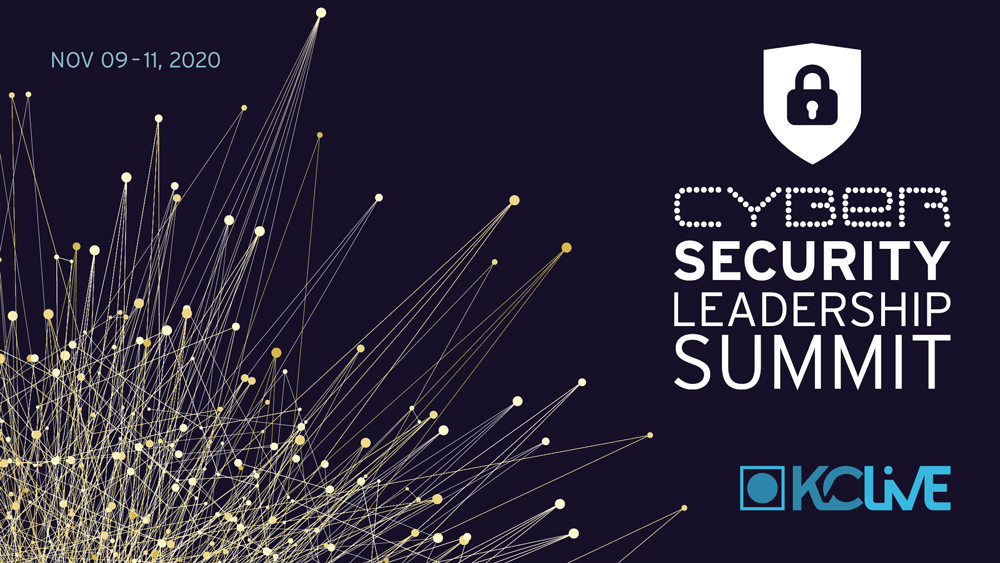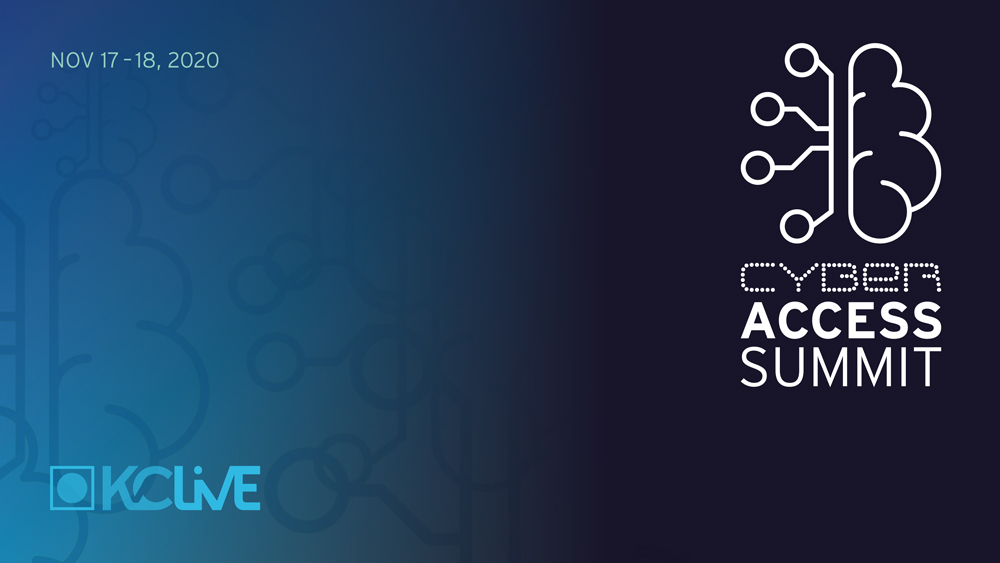The turn of the year has been an occasion for many cybersecurity news outlets to talk about trends and challenges in cybersecurity. Despite the importance of knowing what the trends and challenges are, we want to give you some hands-on recommendations to increase security for your company. Of course the following recommendations are just a selection out of many possible measures. We are happy to discuss with you in more detail the implications for your concrete business model.
1. Beyond detect, prevent, respond: recovery & Incident Response Management
While AI helps in increasing cyberattack resilience, there is one more thing to look at: Recovery. Every organization is under attack, and there is the risk of being hit by a major attack at some time. The most important things then are, in that order: Recover your IT, at least core functions, to become operational again. The time window for a business to survive when being hit by a severe attack can be very short, sometimes in the range of very, very few days. Be able to recover and integrate your cybersecurity efforts with Business Continuity Management. The second thing to do is preparing for communication and resolution: Incident Response Management. This must be prepared. Thinking about it when the disaster occurred will be too late. Join the brand-new KC Master Class Incident Response Management starting on February 18 to learn how to define an incident response strategy to protect your company.
2. Define your Identity & Security Fabric for serving both agility & security
Beyond API Security, you need to ensure that your IT can serve the needs of the teams creating the new digital services. That all is then about agility, about time-to-value. You need to provide consistent, easy-to-use identity and security services via APIs. It is time to build your Identity & Security Fabric that delivers to both the digital services and the need for managing and protecting your legacy IT.
3. Go Adaptive Authentication
Put Adaptive Authentication and Passwordless Authentication to the top of your to-do-list. Everything you change and add around authentication must fit to these paradigms. Build a central authentication platform, and ensure that you also can work seamless with other Identity Providers (IdPs) and understand the authentication assurance level they provide.
4. Build on Managed SOC & SOC as a Service
It is hard to run your own SOC. Look for managed services or a SOC as a Service. There are many providers out there already. While it is hard to build and run your own SOC independently, despite all technology improvements, it is not that hard to find a strong partner supporting you.
5. Define your IIoT and OT security approach - together
The biggest challenge in IIoT and OT security is the one of understanding and accepting each other. IT Security and OT Security have different challenges, starting with the difference between security and safety. Thus, to make progress, it is overly important to find a common understanding of targets, terminology, requirements, and to understand that both sides can provide to better solutions. It is about people and organization first, then technology.
There would be many more recommendations to give, beyond the five key challenges, the top technology trends, and the related recommendations. Let me look at just three more:
1. PAM: Implement a strong PAM for the future
PAM (Privileged Access Management) remains a central technology, not only for identity but also for cybersecurity – it sits somewhere in the middle. You need a strong PAM, and PAM is evolving beyond the traditional PAM into areas such as PAM for DevOps and cloud-integrated PAM. Understand what you need and ensure that you have a strong PAM in place for the future. For a deeper understanding, join the KC Master Class PAM for the 2020s.
2. Portfolio Management. The right tools, not many tools
As indicated at the beginning: Tools don’t help, if they are not fostered by people, organization, policies, and processes. And many tools don’t help better than a good selection of the right tools. Given that budgets are limited, picking the right portfolio is essential. Understand which tools help really in mitigating which risks, and redefine your portfolio, focusing on the tools that really help you mitigating risks. KuppingerCole’s Portfolio Compass provides a proven methodology for optimizing your cybersecurity tools portfolio.
3. C-SCRM: Understand and manage the risks of your Cybersecurity Supply Chain
Finally, there is a new theme to look at closely: C-SCRM or the Cybersecurity Supply Chain Risk Management. This involves both hardware and software (including cloud services) you procure, and your suppliers that might affect your security posture. Pick up this topic, with well-thought-out supplier (cyber) risk management at all levels. For a start, check out this blog post which looks at why C-SCRM is becoming essential for your digital business.
There would be far more information to provide. The good news is: While challenges are increasing, there are ways to keep a grip on the risk. Focus on the major risks, focus your investments, and work with the experts as well as your peers. A good place to meet your peers will be EIC 2020, May 12th to 15th, in Munich.
KuppingerCole is specialized in offering advisory services for cybersecurity, artificial intelligence, and identity and access management. If your company needs assistance finding the right toolset, architecture or what to focus on, KuppingerCole Analysts is happy to support you.


















































